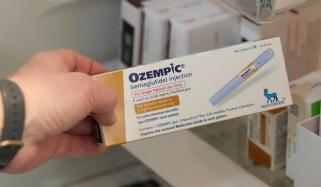
A recent study found that children exposed to per- and polyfluoroalkyl substances (PFAS) or “forever chemicals” before birth are at higher risk for hypertension, particularly in their teens.
PFAS are human-made chemicals used to make products resistant to water and stains.
How people get PFAS exposure?
Individuals are exposed to these chemicals through drinking water, food and household items, such as nonstick cookware, personal care products, and more.
For the study, researchers assessed data from up to 1,100 children who had more than 13,000 blood pressure readings taken at a paediatrician’s clinic during ten years of study.
The research compared the readings to PFAS concentrations in maternal blood collected after delivery.
Results indicated that higher maternal concentrations of three common PFAS were linked to higher systolic blood pressure in children of all ages.
However, they found a significantly higher risk in teen boys and non-Hispanic Black children.
The risk among boys and non-Hispanic Blacks significantly increased from 6% to 8% as PFAS levels doubled.
The senior author said that while people can try to reduce their exposure to this hazardous chemical, “this is not something individuals can solve on their own.”
“Reducing PFAS exposure — especially during pregnancy and in children — requires policy-level action to limit and phase out PFAS in consumer products and industrial uses, and to strengthen monitoring and regulation of PFAS in water systems,” researchers added.
Researchers further recommend choosing PFAS-free products or cookware and filtering water, especially in pregnancy to reduce the risk of higher blood pressure in their children.












